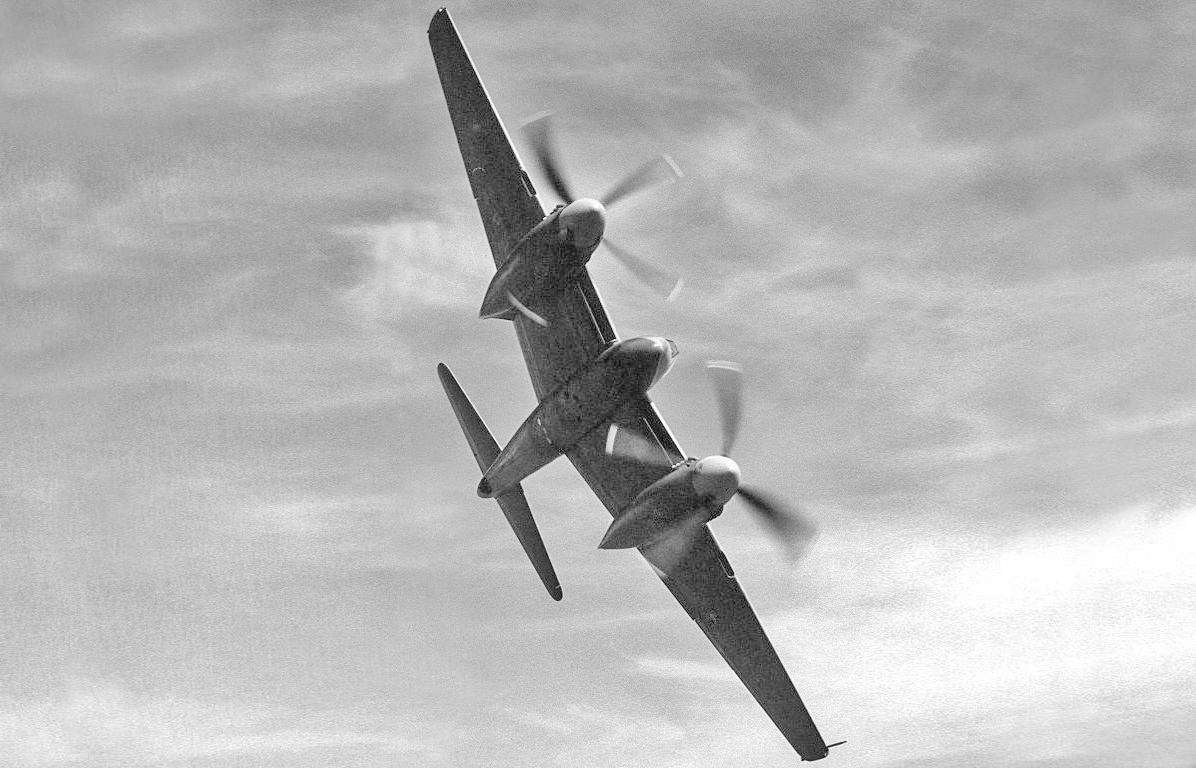Boeing Plant 2, located in Seattle, was a pivotal production facility during World War II, primarily responsible for the manufacture of the B-17 Flying Fortress and B-29 Superfortress bombers and components.
Recognizing its strategic importance, an elaborate camouflage was crafted on its roof, turning the factory’s appearance into a serene suburban landscape to deceive potential aerial attackers.
This unique protective measure combined military strategy with artistic design, ensuring the plant remained unharmed throughout the war.
Contents
Boeing Plant 2 And World War II
Boeing Plant 2, colloquially known as “Plant 2,” was a primary production facility situated along the Duwamish River in Seattle, Washington. As the birthplace of the B-17 Flying Fortress and B-29 Superfortress bombers, this facility played a crucial role in the American aviation arsenal.
Read More Lady Be Good – Ghost Bomber Found in Sahara Perfectly Preserved
Boeing Plant 2 was a large, modern facility covering 165,000 square meters (750,000 sq ft). With 30,000 employees, it was capable of building 300 B-17 bombers a month almost entirely in house, and had nearby access to an airfield for completed aircraft to depart from.

With its importance to the war effort, the plant naturally became a potential target for enemy action. With advancements in aerial warfare, the U.S. war strategy had to include the protection of such vital assets. This resulted in an incredible effort to camouflage the plant.
It is essential to understand the magnitude of the threat faced by strategic sites like Plant 2. During the early years of World War II, the Pacific Northwest faced potential threats from Japanese submarines and reconnaissance planes.
Read More Construction of Thorpe Abbotts Airfield
Given the vast production at Boeing Plant 2, even a single successful air raid could cripple the U.S. war effort, setting back production by months and impacting operations around the world. Protecting such a facility from air attacks became paramount.

The Camouflage Operation
It wasn’t enough to merely hide the factory; it was essential to make it disappear.
The U.S. Army Corps of Engineers, along with Hollywood set designers, artists, and painters, took on the mammoth task of making the vast Boeing factory invisible from the air. The solution they arrived at was both remarkable: transform the factory’s roof into a serene suburban landscape.
This ‘town’ on top of Plant 2 was not just a patchwork of colors and patterns; it was a detailed and convincing three-dimensional illusion. Trees, houses, lawns, roads, and even cars were crafted. These weren’t real trees or cars but artistic representations that, when viewed from a height, blended seamlessly with the surrounding terrain.

Employees at the plant would work underneath this deceptive layer, producing aircraft that would turn the tide of the war, while above them, the illusion of a peaceful residential district remained undisturbed.
The objective was to make any enemy pilot question their coordinates or believe they were looking at an innocuous suburb, thereby diverting any potential threats.
Read More Arado E.381 – The “Parasite” Fighter
The buildings were constructed from wood, while the ground was made from canvas fabrics and camouflage netting. The trees were reportedly made of chicken feathers. The “ground” had varying colors to indicate different areas of use or wear, with some gardens being a shade of brown as if they hadn’t been watered.

Signs were erected also, with some reading “Synthetic St.” and “Burlap Blvd.” The streets and neighbourhoods were arranged in such a way that they fit in with the real ones nearby.
Even outdoor areas such as parking lots were covered by camouflage netting.
As the camouflage was intended to only work when viewed from above, the structures were much shorter than their real-life counterparts. Houses, for example, were little taller than a person.

But when viewed from above or in two dimensional aerial photographs it would have been extremely difficult to conclude the streets above Boeing Plant 2 were fake.
While it’s challenging to measure the direct impact of the camouflage on the war effort, a few things are clear. First, Boeing Plant 2 was never directly attacked during the war, allowing it to produce thousands of aircraft that significantly impacted the Allies’ aerial campaigns.
Read More Igniting Power – How Does an Afterburner Work?
Secondly, the psychological impact on the workers below, knowing that there were measures in place to protect them and their work, was also significant. In essence, this camouflage technique served as both a physical and psychological shield.

The deception tactic wouldn’t last for long though, as it was only completed in 1944.
Boeing Plant 2 After The War
After the war, the need for military aircraft declined sharply, leading to reduced operations at Plant 2. The camouflage covering was removed in 1946.
Boeing Plant 2 continued to serve Boeing in various capacities though. The plant was adapted to cater to newer generations of aircraft and contributed to different segments of Boeing’s expanding aerospace endeavors.
However, by the turn of the 21st century, the aging infrastructure of Boeing Plant 2 was becoming increasingly unsuitable for modern aerospace manufacturing requirements. Over the years, Boeing began shifting its primary manufacturing and assembly operations to other, more modern facilities.

In 2010, Boeing decided to close Plant 2. Recognizing its historical significance, Boeing preserved certain artifacts and elements for posterity.
Read More DFS 346 – The German Supersonic Rocket
Post-closure, there was a significant push for environmental restoration, especially given the plant’s location along the Duwamish River. Boeing undertook a comprehensive environmental cleanup and restoration project to address the site’s historical industrial impacts and improve the river’s ecological health.







